HOW TO USE LINKEDIN FOR BUSINESS – ALL YOU NEED TO KNOW ABOUT LINKEDIN COMPANY PAGES
How To Use Linkedin For Business
Only using your personal LinkedIn profile for business may seem convenient, but doing so means you’re not maximising the full might of LinkedIn’s 774 million members in 200+ countries and counting.
If you are thinking about how to use Linkedin for business (and with a professional network this big, you should be) you need to seriously consider adding a business LinkedIn page to your personal profile. Here are three benefits to adding a company page:
- Showcase your company’s products and services
- Attract quality prospective employees
- Give employees the opportunity to act as brand ambassadors
By failing to create a business LinkedIn page, you won’t be capitalising on the marketing opportunities available through this monster professional social network. Creating a company page really is a ‘LinkedIn for Beginners’ type task which we've summarised below.
Once you've created your company page you'll want to come up with a LinkedIn marketing strategy you can follow so we've also included how to use LinkedIn to promote your business - click here.
LinkedIn For Business Guide
Setting up a business linkedin page
1) Start The Company Page Process
Under the ‘Work’ tab at the top of your LinkedIn home page, click on ‘Create a Company Page’.
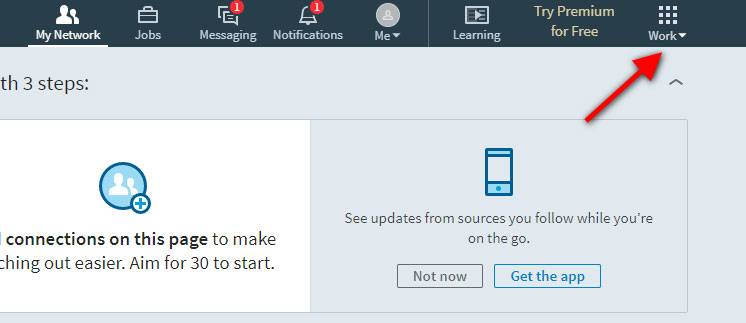
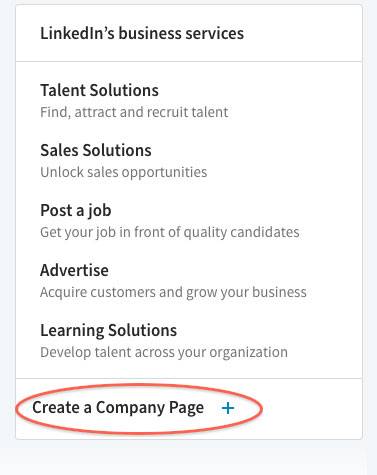
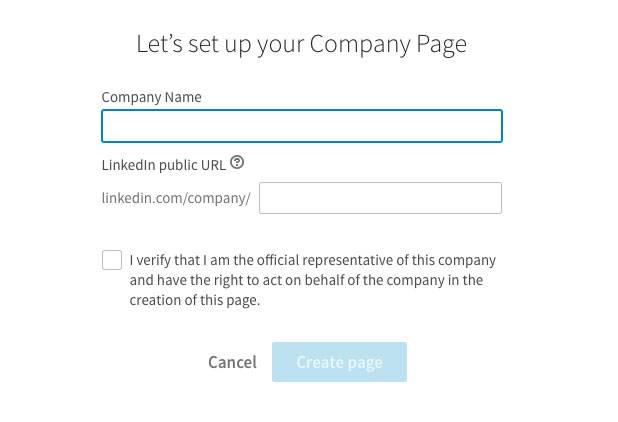
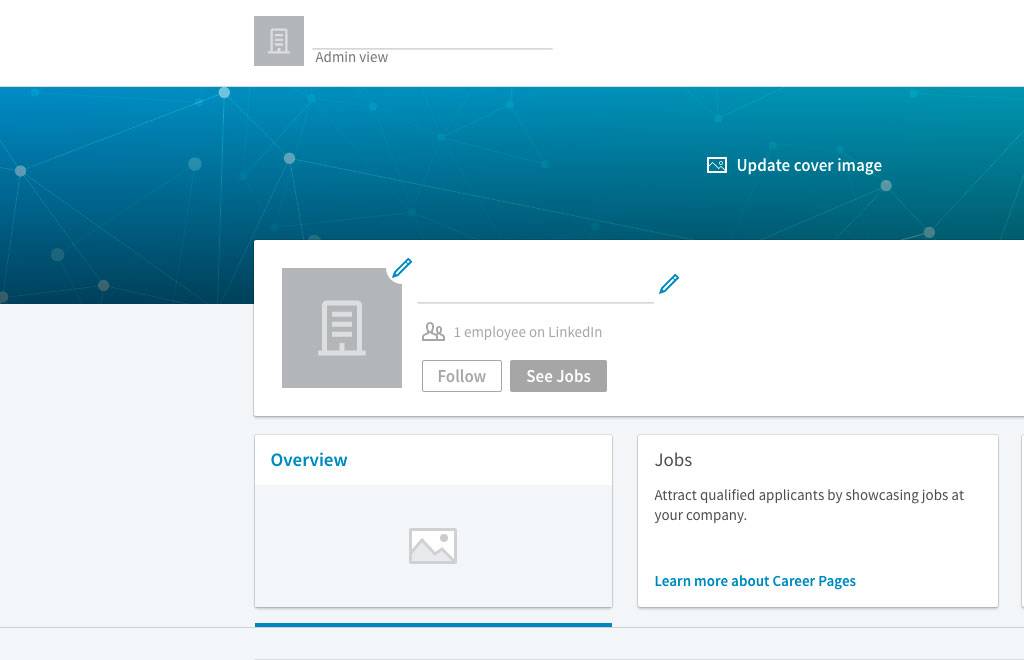
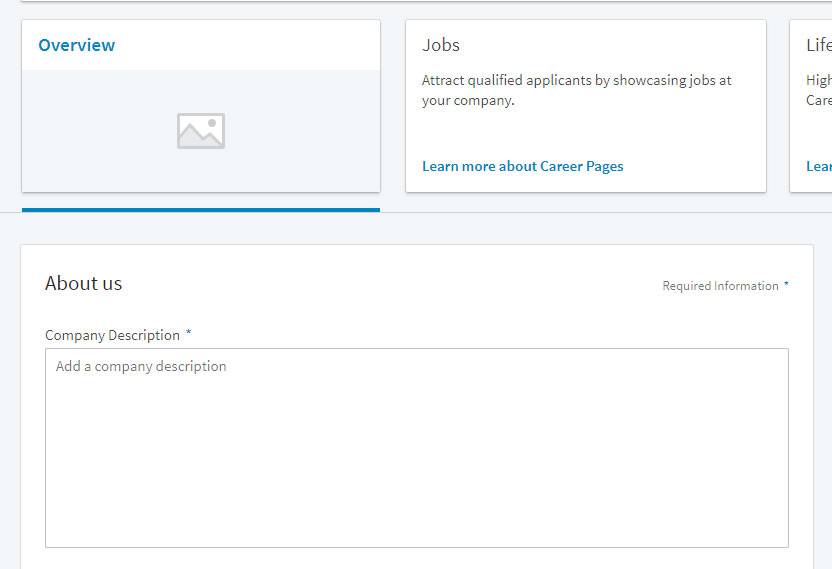

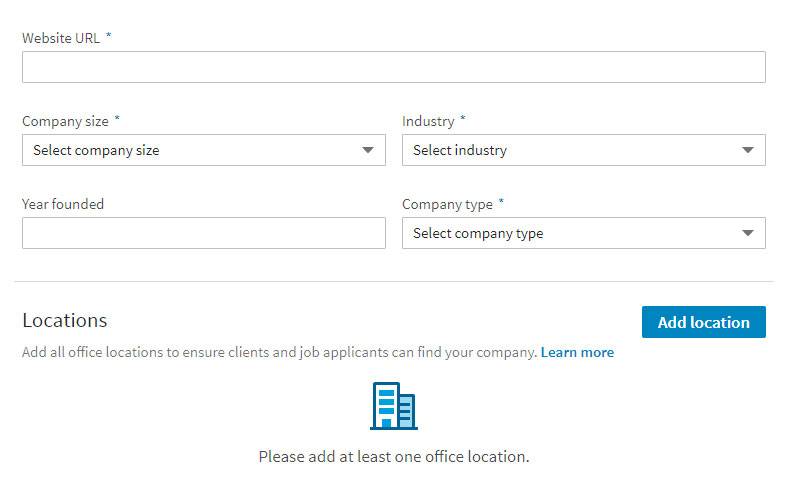

9) Check Carefully
Most mistakes can be corrected later but first impressions count so check before you publish.
10) Publish Your Company Page
We told you it was simple, this really is ‘LinkedIn for beginners’. Publish your company page and click ‘Go To Member View’ to see how it looks.
How To Use LinkedIn For Business Marketing
Once you have familiarised yourself with LinkedIn and setup a company page how you want it, you're now ready to move to the next stage.
Of course, creating a company page for your small business is only the start of your business success on LinkedIn. How you then go on to market your business will make a huge difference to the amount of interest and business you attract. To help you optimise your new LinkedIn company profile performance we've added some additional tips below to get you off on the right track.
11) Place Backlinks To Your LinkedIn Page
Add a LinkedIn social icon to your website and link to your company page, then do the same on your other social media channels and web properties where applicable.
12) Setup A Reminder To Post Status Updates At Least Once A Day
These will grow your LinkedIn reach and encourage visitors to your website. If you can’t commit to daily posting, use a social media platform like Sendible or Hootsuite to schedule content ahead of time.
13) Use Different Types Of Content
Along with creating eye-catching images to go on posts, it's s great idea to add videos, slideshare presentations, PDFs, and even LinkedIn polls to keep your audience engaged. Videos are especially good for keeping users on your page for longer and can drive a lot of engagement.
14) Use Native Videos As Opposed To Sharing Youtube Links
Videos which are uploaded to LinkedIn (native videos) take priority and are not hidden in users' feeds compared to shared video links from Youtube, so it makes sense to upload the video content instead.
15) Populate Your ‘Career Pages’
Adding content to the ‘Career Pages’ allows you to tell your company story, attract superior applicants and add specific job vacancies. It also gives you a ‘watch this space’ status.
16) Create LinkedIn Showcase Pages
If you sell products or services which cater to different target audiences but post the same content/ offers to everyone, use Showvcase Pages to create a unique content experience completely focused on a specific topic of interest, group or community.
17) Spy On The Competition
Check out your competitors pages to see what they've done, and take some ideas you can use on your own page to make a better representation of your company and differentiate yourself from the competition.
18) Encourage Connection With Your Employees
By far the best resource for initially developing a strong LinkedIn audience is your employees. Encourage employees to add your new company page to their personal profiles and watch your network grow.
19) Get The Word Out Through Other Channels
Broadcast a message to your email subscribers and followers on your other social media channels so they can connect with you on Linkedin and get notified about new content updates, company announcements, product/ service promotions, job opportunities and so on.
20) Share Your Expertise In LinkedIn Groups
There's a whole slew of LinkedIn Groups you can join on lots of specific niche topics where you can actively engage with other members and share your knowledge. A LinkedIn Group also lets you easily connect with anyone in the same group allowing you to forge long lasting relationships.
21) Send Connection Requests To Other Members
Aside from connecting in groups, you can connect with people you already know by searching for them on the platform, import your email address book (be selective here as LinkedIn will restrict you if you get too many rejections), or use 'Mutual Connections" to connect with friends of friends on your 1st degree connection profiles
You can also send connection requests to key individuals in target companies, and people who engage with your content. LinkedIn will also offer up suggestions of people you may know. For the best response don't forget to include a personal message with each connection request.
In your personalised message perhaps you can include details about a recent or past meeting/ event, or maybe you attended the same school, college or university. You may have worked at the same company or both been a member of the same club, group or community. Perhaps you've commented on some of their content or would like to congratulate them on a new venture or offering.
Whichever way you choose to connect with 740 million members and counting, LinkedIn remains the biggest and the best social media network for professionals and companies alike so if you still don't have a presence on LinkedIn, get started today.
Shane McEvoy is a seasoned SEO and inbound marketing expert with nearly 30 years of experience in advertising. He established Flycast Media, a specialist B2B digital agency, and is a published author of two well-received guides while contributing to several industry publications - read his complete profile here.